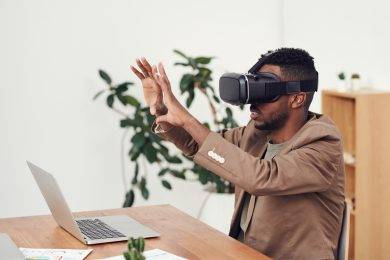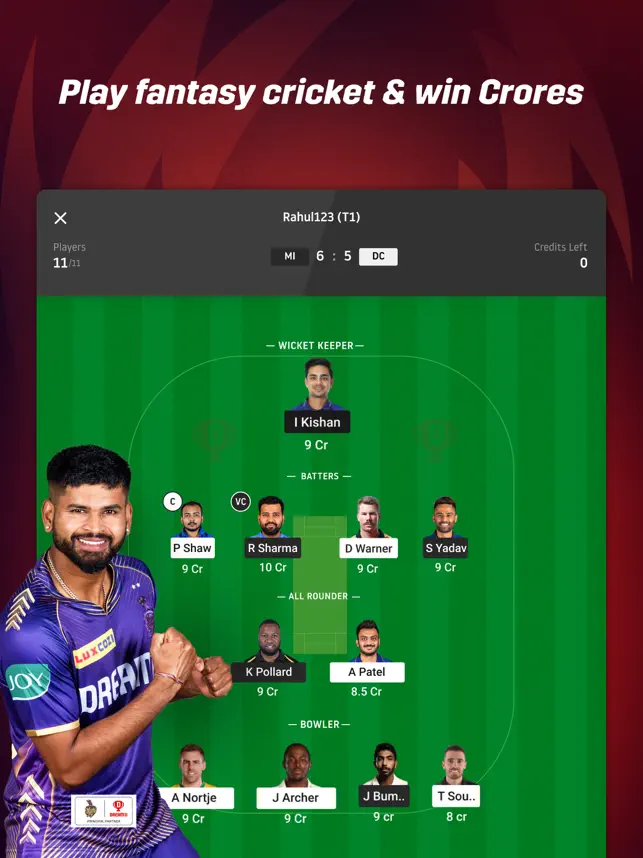VR is the New WFH Go To
Brian Lozes, CEO of Kinemagic illustrates how virtual reality is playing an instrumental role in response to work from home protocols.
It was on March 11 of 2020 that the World Health Organization declared COVID-19 a pandemic. The United States followed suit that same day as the country was thrust into National Emergency status. It was shortly after that companies from around the globe would not be conducting “business as usual.”
While the transition from office to working at home (WFH) has not been without its hurdles (it still feels strange to be conducting multiple interviews in slippers and sweatpants mid-week), video conferencing built on peer-to-peer software has been vital.
But using teleconferencing platforms such as Zoom or Skype has its limitations. “It is flat and one dimensional. It lacks the real-world feel of sitting in with your peers to exchange ideas,” says Brian Lozes, CEO of Kinemagic. “This can be problematic while businesses search for better ways to work efficiently from home.”
Kinemagic is the company behind the genius of Stratus, software designed to bring AR and VR experiences to heavy industrial companies. Stratus can accomplish what used to take days to months of labor-intensive work. This software can handle massive CAD designs and facilities, turning them from file format into an immersive VR experience better known as a Digital Twin.
Their Point Cloud Integration utilizes special 360-degree cameras. “By capturing photos of a particular facility, we can overlay these images onto the digital twin to show how the facility looks at that exact moment in time,” explains Lozes on this revolutionary, time-saving feature. “Point Cloud Integration allows for a true, real-time experience.”
The same practice for using Stratus to provide ground-breaking immersion to build and repair massive industrial structures has now led to its implementation as a virtual meeting tool.
VR Brings You to The Meeting
Now imagine that your company has called a meeting for noon. You finish your sandwich in the kitchen of your home and prepare notes for what should be a productive discussion among colleagues.
With 10 minutes until go-time you grab your Oculus Rift or HTC Vine and double-check to make sure the connection to your PC is good to go. The digital twin has been pre-programmed and uploaded to mimic the board room that you used to frequent back at the office.
As the clock winds down, 20 of your co-workers are now looking at each other and talking in a virtual world. You are about to brainstorm, collaborate, whiteboard, and participate in your VR board room that was just your living room minutes before.
It is this literal, virtual reality that is helping companies adapt to the pandemic. Instead of relying on the 2-D option that teleconferencing offers, Stratus provides a better sense of connectedness that only a 3-D world can provide. It is that much closer to physically being in the office and much more prepared for increased productiveness.
It is in the Details
The Stratus multi-user feature lets multiple groups of two to 50 users meet simultaneously. Whether the company is a small business or a massive corporation, the value is the same.
Kinemagic also offers other options for accessing the virtual meeting space. If allocating numerous VR headsets is not realistic or some employees do not meet the required computer requirements, the company has a “portable apps” version that does not require hard drive installation. The experience is still considered steps above traditional 2-D communication. The sense of a real-time meeting is still being experienced.
While most businesses and employees are still in the dark for a return to the physical workspace it is comforting to know that the options to WFH are constantly evolving. Kinemagic is bringing us a step closer to that real-world experience that has been missing for much of 2020.
For more information on Kinemagic head to their Twitter account, Facebook page, and on LinkedIn.











